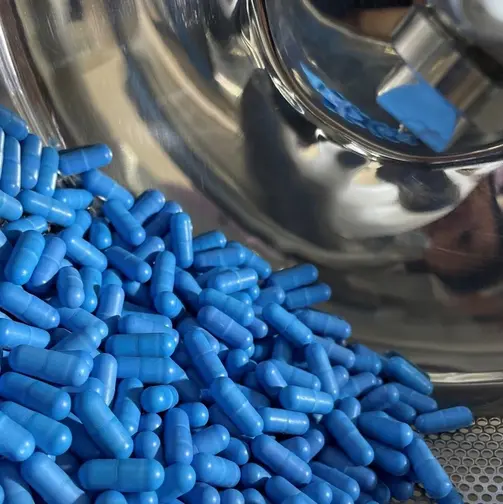Oral Solid Dosage Formulation
Development
Home » Formulation Development » Oral Solids
Oral solid dosage forms (ODS) are the easiest formulations to manufacture and distribute which allows for a low cost of commercial goods manufacturing. Most molecules tend to be more stable in solid form as compared to drugs which are dissolved or suspended in liquids. From a patient perspective, oral solid dosage forms provide convenience in terms of medication storage, ease of administration, and for taking medicine on the go. It’s no surprise that over 60% of the medicine being sold in the US come in some form of an oral dose.
Oral solid dosage form development and manufacturing technology has evolved greatly throughout years of research and there are drug delivery systems available for almost every use imaginable. The most typical oral dose options come in the form of tablets and capsules.
Over 60% of the medicine being sold in the US comes in some form of an oral dose.
Capsule dosage forms can provide a better solution when simplicity in drug development is a priority or if the drug delivery system needs to meet complex drug release profiles, such as multiphasic drug release profiles.

Immediate-release (IR)
Orally Disintegrating Tablets (ODT)
Enteric-Coated (EC)
Controlled-Release (CR)
Bilayer or Multi-layer
Powders in Capsule Formulations
Capsules filled with Coated Multiarticulate Beads
Ready to Get Started?
Tell us about your upcoming project

